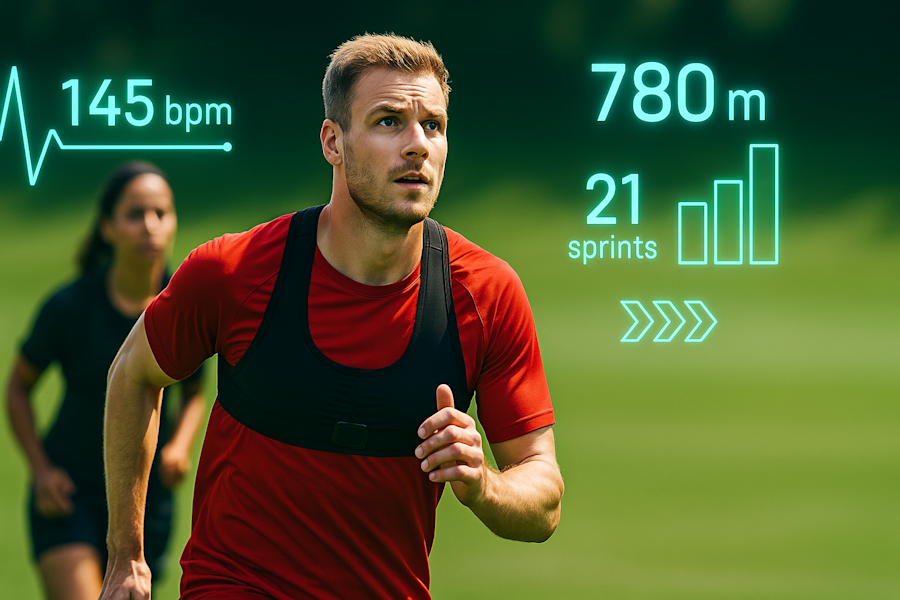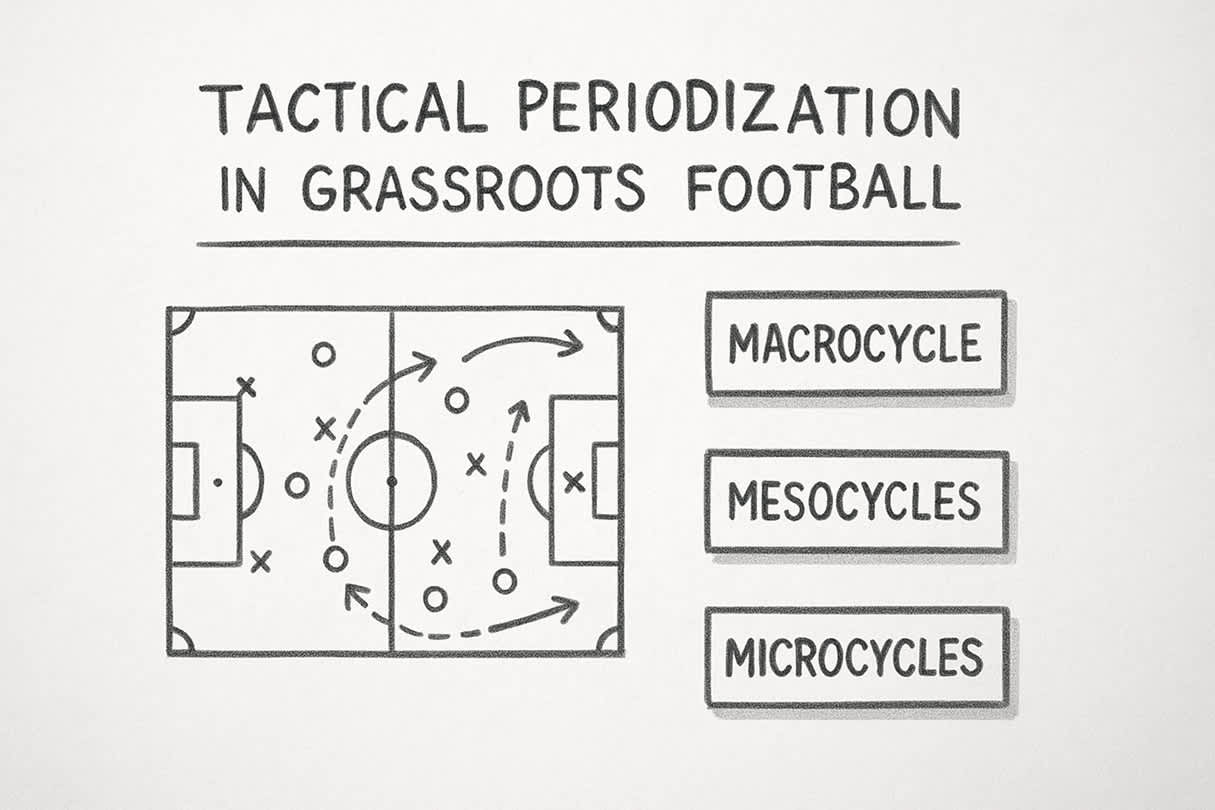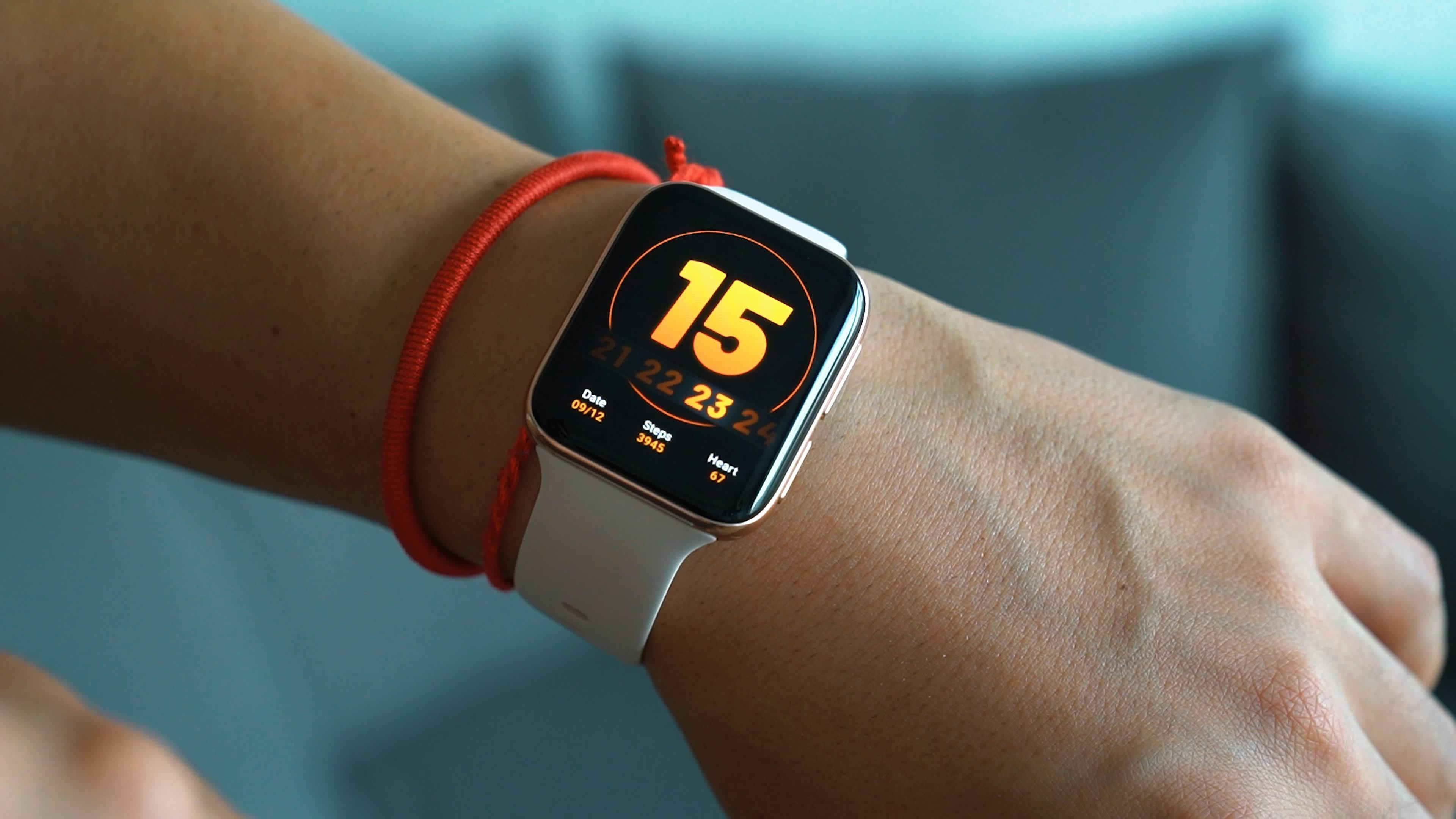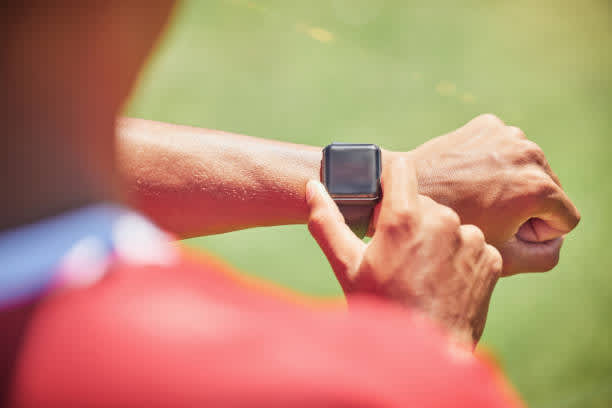Monitoring Load - A Beginners Guide

Injuries are part of football, but monitoring training load can significantly reduce the risk of overuse injuries. In simple terms, by understanding the stress placed on an athlete’s body through training and matches, coaches can tailor training sessions to better suit individual needs.
We also explore how to distribute training load over a period (a concept known as periodization) in another article:
👉 Tactical Periodization in Grassroots Football – A Blueprint for Smarter Training
But how exactly do you measure training load?
Before deciding on the best tracking methods for your team, it’s essential to understand what training load is.
What Is Training Load?
Training load refers to the physical and physiological stress experienced by a player during training or matches. It can be divided into two main types:
External Load
External load is the measurable physical work a player does—such as distance covered, number of sprints, accelerations, and decelerations. For instance, drills that involve frequent sprinting and sudden changes in direction place higher external demands on a player than low-intensity jogging exercises.
Internal Load
Internal load is how hard the activity feels to the player. Two players might perform the same sprint drill (identical external load), but their perceived effort may differ. If Player A rarely sprints and Player B sprints regularly, the same drill will feel harder (higher internal load) for Player A.
Key takeaway:
External load = What a player does.
Internal load = How hard it feels.
Why Track External Load?
1. Understand Match Demands
Without tracking external load during matches, it's difficult to set realistic fitness goals. A player's required endurance and sprint capacity depend on their position, your tactical setup, and your league level.
For example:
If players show reduced sprinting in the second half, it may indicate fatigue. Measuring match load helps identify current fitness levels and design training plans accordingly.
2. Plan Smarter Weekly Training
Tracking external load ensures that training sessions align with your match schedule. For example, after a high-load match on Saturday, Monday’s training should be lower intensity. Measuring the actual external load of drills helps prevent accidental overtraining.
3. Prevent Re-Injury
Returning from injury requires caution. During training, a player can self-monitor and ease off when needed. But in a match, they may push too hard. Comparing a player’s current load tolerance to pre-injury levels and typical match demands helps assess readiness for game play.
How to Track External Load
External load is measured using wearable sensors. Look for sensors that track:
Distance covered
Sprint count and speed
Accelerations and decelerations
Overall load/intensity score (via built-in algorithms)
📌 Check out our comparison of wearable sensors
📌 Read our top picks for football-specific wearables
Why Track Internal Load?
1. Early Warning Signs of Overtraining
Even if external load remains constant, internal load may vary due to fatigue, poor sleep, cold weather, or the menstrual cycle. If a player reports a higher internal load for the same drill over multiple sessions, it could indicate overtraining, illness, or personal stress. This is a cue for coaches to open a conversation and adjust training if necessary.
2. Monitor Individual Progress
Most teams use standardized drills, making it hard to assess individual fitness. Internal load helps highlight who's progressing. For example, if Player A’s perceived exertion drops over time while Player B’s remains high, Player A may be improving faster.
How to Track Internal Load
1. Heart Rate Monitoring
Using heart rate sensors is a common method. More time spent in higher heart rate zones equals a higher internal load. Most sensors convert this into a readable score such as "Training Load" or "Cardio Intensity."
📌 Sensor feature comparison
📌 Recommended wearables for grassroots football
2. Rate of Perceived Exertion (RPE) – The Borg Scale
A simple, free, and effective method is to ask players how hard they felt the session was on a scale from 1 to 10:
RPE | Description |
1 | Very, Very Easy |
2 | Easy |
3 | Moderate |
4 | Somewhat Hard |
5 | Hard |
6 | - |
7 | Very Hard |
8 | - |
9 | - |
10 | Maximal Effort |
Why it works:
It captures more than just physical effort. If a player is mentally or emotionally drained, their RPE will be higher. However, each player's perception differs, so it's crucial to establish individual baselines.
🧠 Tip: Use RPE to track individual trends over time, rather than compare players directly.
One note for this method, is that it is important to first establish a baseline. Each player has a different perception of what they find “hard”. It is thus important what is normal for this player, to see what is abnormal. This scale is useful to track the load of an individual player (or on team level) over time. It is not very useful to compare between players, as they will have a different idea of what a 7 on the scale means to them.
Final Thoughts
Tracking training load in football—both internal and external—is essential for injury prevention, smarter training planning, and performance improvement. Whether you coach a grassroots team or a competitive squad, understanding and applying load monitoring will give you an edge.





